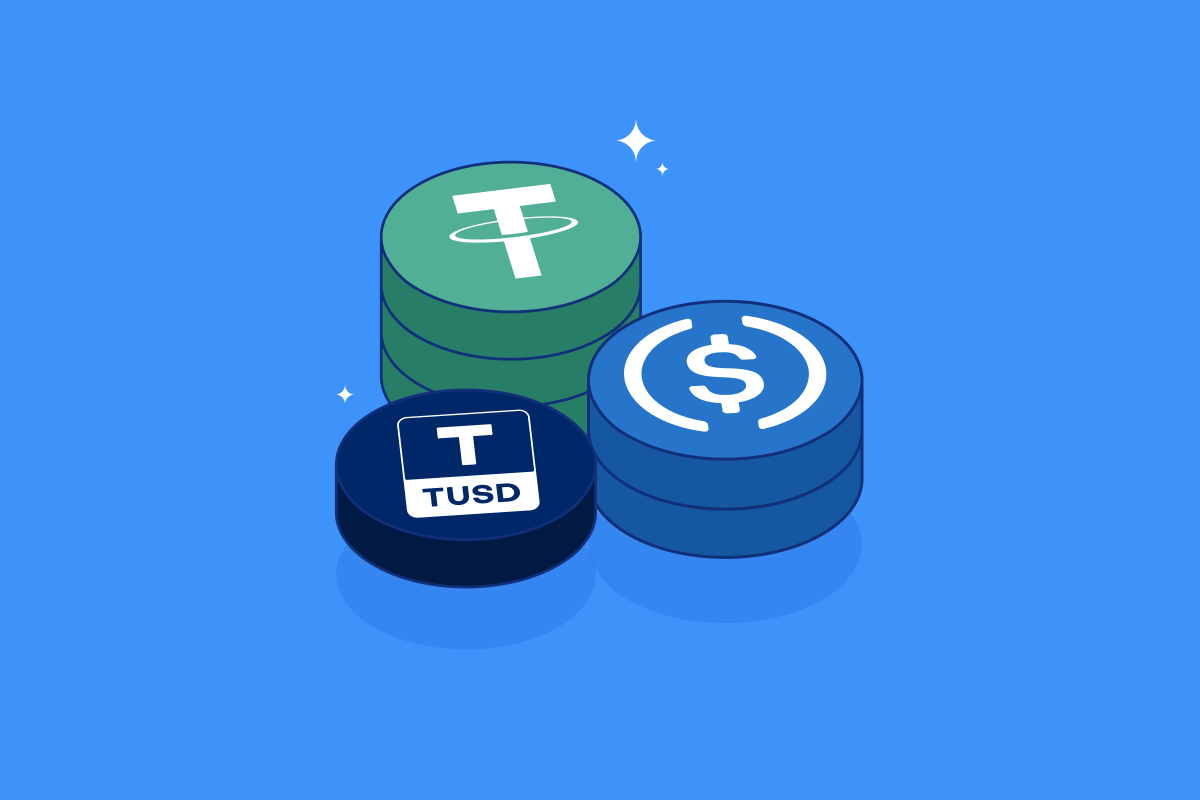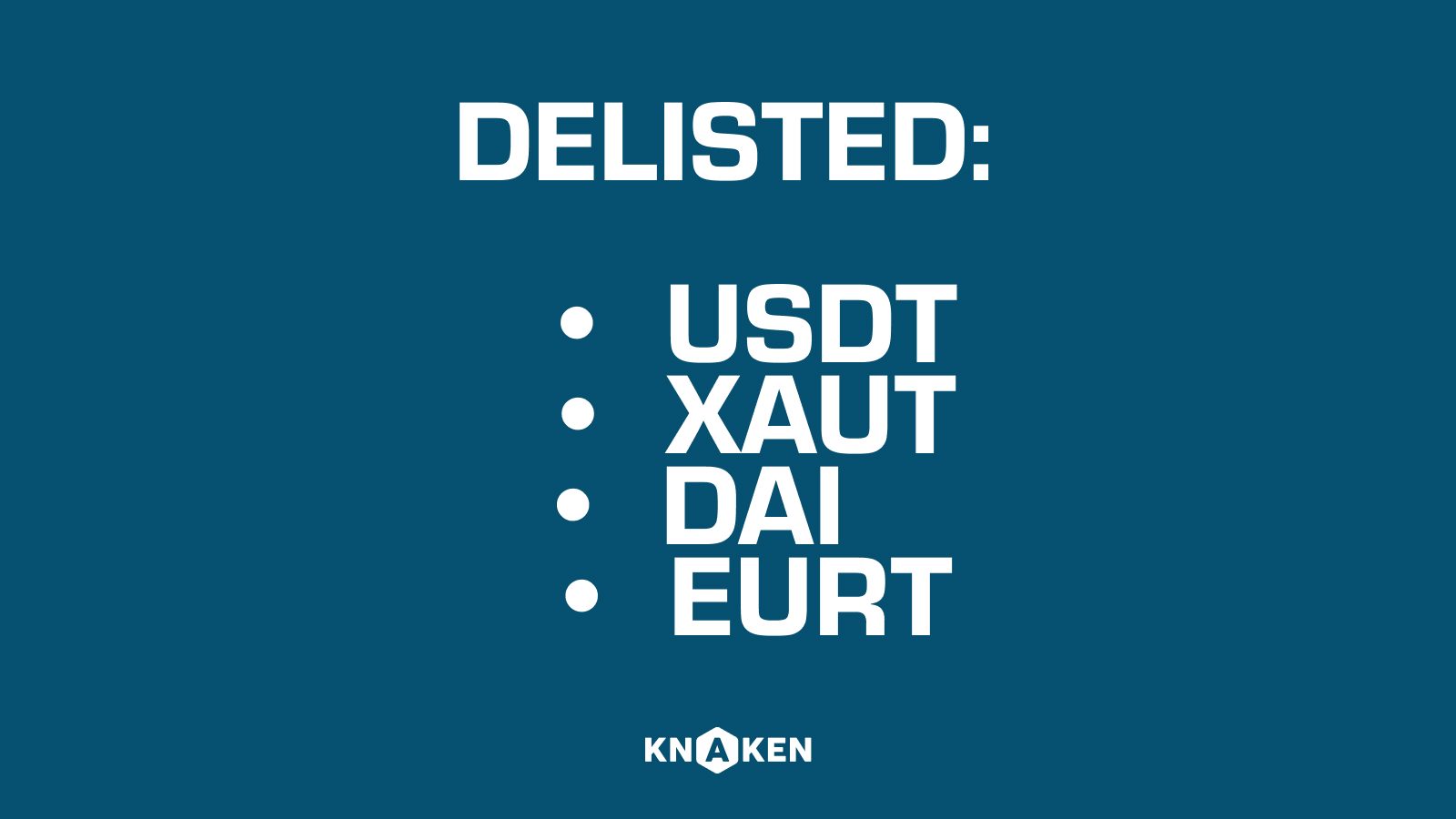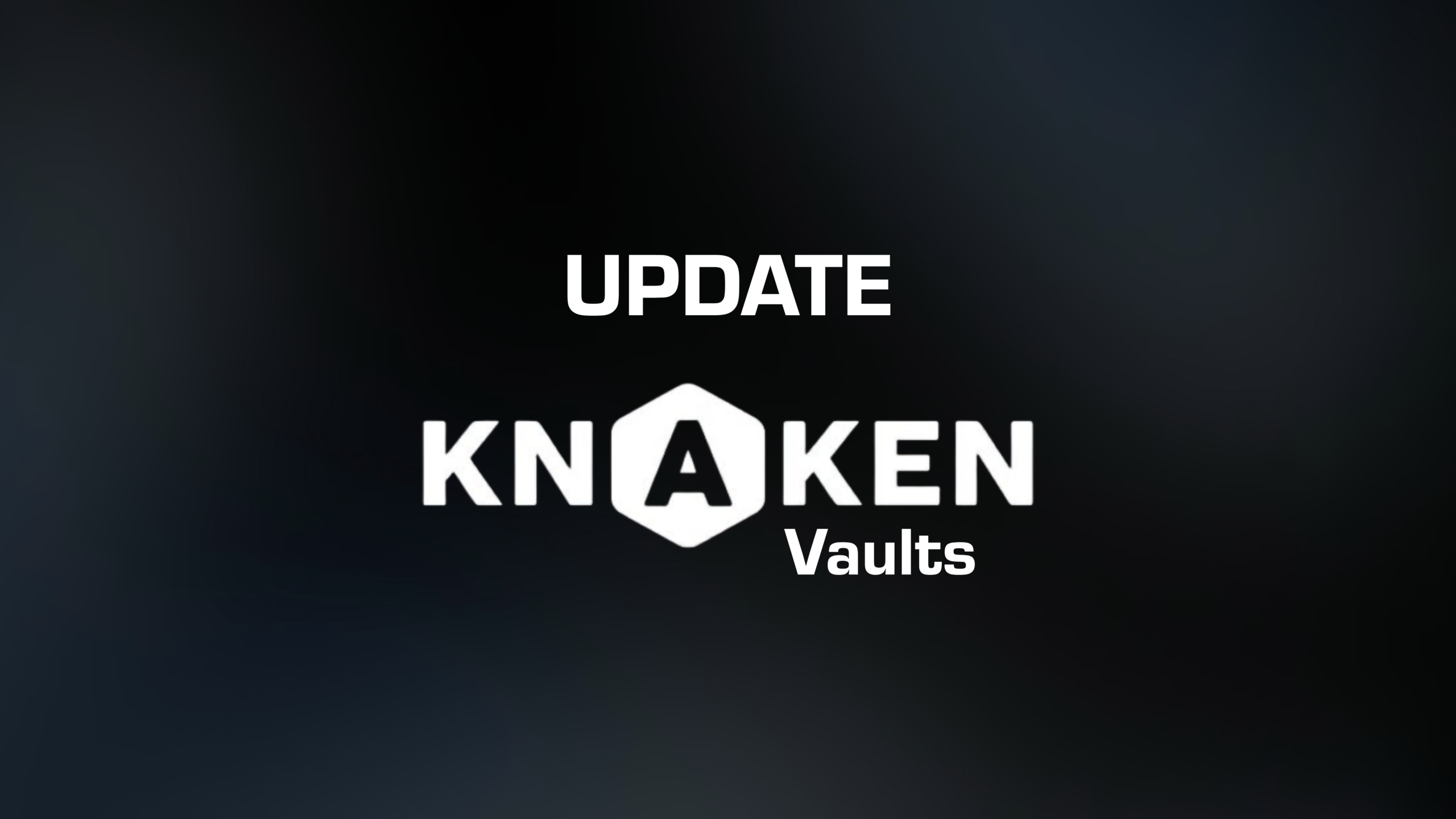Token Burn
Introduction to Token Burn
Token burn is a critical concept in the cryptocurrency ecosystem, referring to the deliberate, irreversible destruction of a certain number of tokens in circulation. This process often aims to reduce the total supply of a cryptocurrency, potentially increasing scarcity and value over time. Token burning is an essential mechanism for maintaining the economic structure of many cryptocurrencies and can enhance user trust and engagement within the community.
How Token Burn Works
The token burn process typically involves the following steps:
-
Identifying Tokens for Burn: A project team identifies the number of tokens that they wish to burn. This could be part of a pre-announced schedule or in response to market conditions.
-
Creating a Burn Address: Tokens are sent to a specific wallet address known as a burn address. This address is public and no one has access to the private keys, making it impossible to recover the burned tokens.
-
Executing the Burn: The tokens are transferred to the burn address, and once this transaction is confirmed on the blockchain, the tokens are effectively removed from circulation.
Reasons for Token Burn
Token burning serves various purposes within different cryptocurrency projects, including:
-
Reducing Supply: By decreasing the total supply, a token burn may contribute to increasing the value of the remaining tokens.
-
Enhancing Scarcity: Many investors are attracted to scarce assets. Token burns can create a perception of scarcity, attracting demand.
-
Incentivizing Holding: Projects may implement burning mechanisms to encourage users to hold their tokens rather than sell, thus stabilizing the market.
-
Marketing Strategy: Announcing a token burn can generate buzz and excitement within the crypto community, drawing attention to the project.
Types of Token Burns
Token burns can be categorized into several types based on their execution and purpose:
-
Scheduled Burns: These are pre-planned burns that occur at specific intervals, often designed to coincide with project milestones or regulatory events.
-
Milestone Burns: Some cryptocurrencies implement token burns upon reaching specific milestones, such as user adoption rates or total transactions.
-
Transaction Fee Burns: A portion of transaction fees can be burned, effectively removing a percentage of tokens with each transaction.
-
Community-Driven Burns: In some projects, the community votes on whether and how many tokens to burn, further engaging participants in the decision-making process.
Examples of Token Burn in Practice
Several notable cryptocurrencies have successfully implemented token burning mechanisms, including:
-
Binance Coin (BNB): Binance conducts regular token burns, reducing the total supply based on trading volume metrics, enhancing long-term value for holders.
-
Ripple (XRP): Ripple uses token burning as a method to control inflation and manage transaction costs effectively.
-
Ethereum (ETH): With the implementation of EIP-1559, Ethereum introduced a fee-burning mechanism that removes a portion of transaction fees from circulation.
Impact of Token Burn on Market Dynamics
Token burning can significantly affect market dynamics, including:
-
Increased Price Volatility: As supply diminishes, the price of the cryptocurrency can experience increased volatility, leading to larger price swings.
-
Investor Sentiment: The announcement of a burn can lead to increased positive sentiment, prompting new investment and speculation.
-
Long-Term Growth Potential: Projects that systematically burn tokens may promote an environment conducive to long-term growth and sustainability.
Challenges and Considerations of Token Burn
While token burning can have positive effects, there are also challenges and considerations to be aware of:
-
Market Manipulation Risks: Unscrupulous actors may create artificial scarcity through token burns, misleading investors about the value of a cryptocurrency.
-
Long-Term Viability: Burning tokens does not guarantee long-term price stability; it is crucial to balance supply management with overall network growth.
-
Community Trust: Frequent or irregular token burns may erode community trust if they appear to be conducted for the benefit of insiders rather than all stakeholders.
Conclusion
Token burn is a vital mechanism in the world of cryptocurrency that balances supply and demand, enhances token scarcity, and drives community engagement. As cryptocurrencies continue to evolve, understanding the implications and best practices for token burning will be essential for investors and developers alike. The careful implementation of token burn strategies can foster trust, encourage investment, and contribute to the long-term viability of a cryptocurrency project.


















